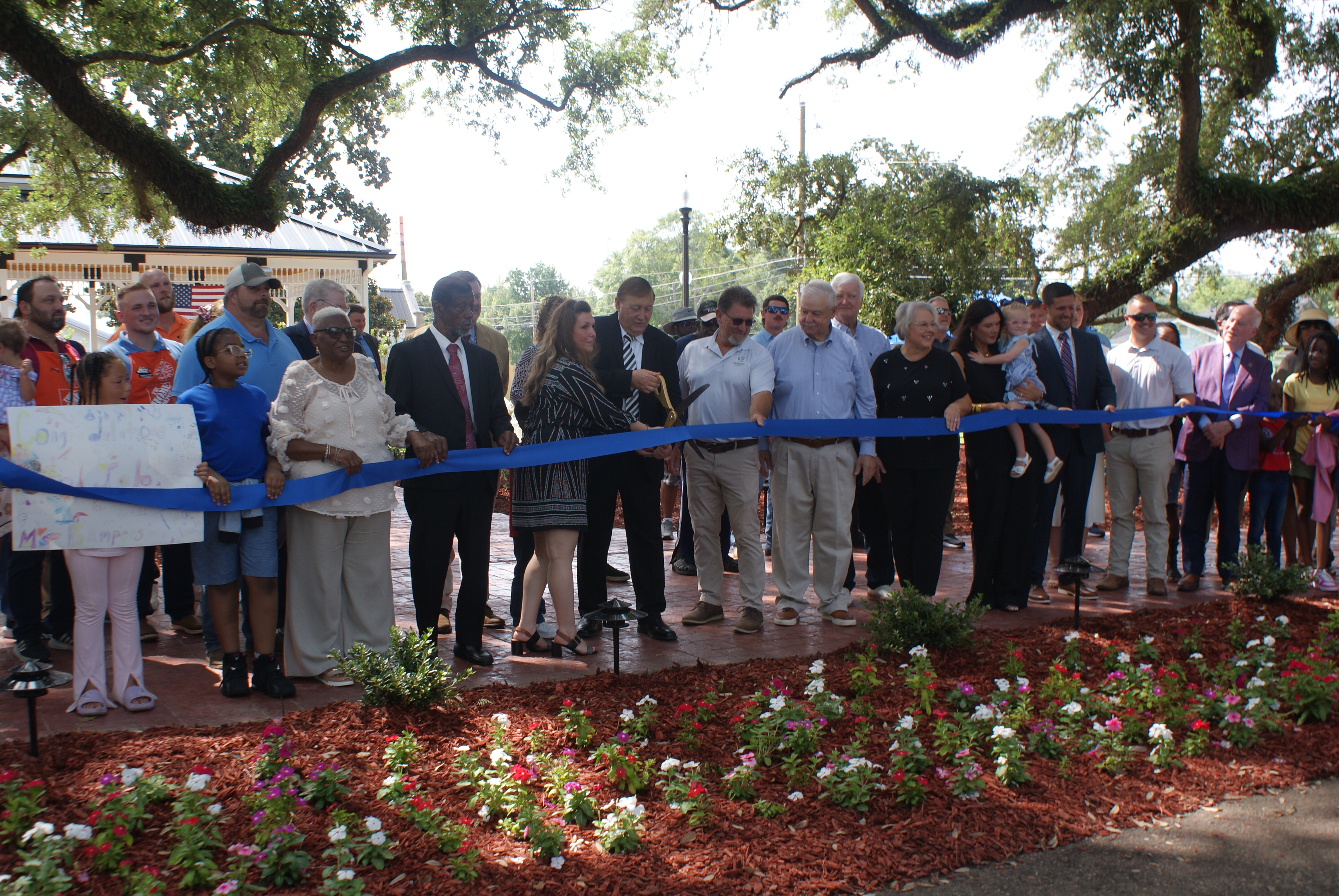The birth of modern weather prediction
Published 7:00 am Tuesday, February 23, 2016
Lewis Richardson had an idea. It was 1916, and the 35 year-old Englishman sat in a trench in France with other members of his ambulance unit. But for the moment, his mind wasn’t on the wounded to whom they would undoubtedly be attending later that day.
Richardson knew that the state of the atmosphere is well-described by a set of equations. It was another Englishman who had laid the foundation for those equations over 200 years earlier. The 17th century genius Isaac Newton had described fundamental laws that described the motion of objects, everything from the falling of an apple from a tree to the orbits of the planets. Newton also invented a branch of mathematics, we know it as calculus, that allowed these descriptions to be written in the form of mathematical equations.
After Newton laid the foundation, other scientists and mathematicians over the next 200 years studied and tweaked the equations as applied to fluids. In the 1800s French engineer, Claude-Louis Navier, and British physicist, George Stokes, would add to and arrange the equations in ways that describe a broad range of fluid motions, including the atmosphere and ocean. The set of equations became known as the Navier-Stokes equations in honor of their contributions.
Weather forecasting in Richardson’s day was done by a meteorologist looking at current conditions, studying weather maps from the last several days, and, based on experience and knowledge of weather patterns, making an educated guess about what the weather would do in the coming hours and days.
But, Richardson knew that the Navier-Stokes equations offered a model of the atmosphere that could revolutionize forecasting. He knew that one of the variables in the equations is time. If the Navier-Stokes equations could be solved, tomorrow’s weather, even next week’s weather, could be predicted.
Solving the equations is impossible unless you know the initial conditions in the atmosphere, things like temperatures and winds. By Richardson’s day, a network of weather stations was in place across Europe and America. With the advent of the telegraph it had become practical to share weather reports with forecasters without delay, allowing at least an approximation of the initial conditions.
However, there was a bigger obstacle. There is no direct solution to the Navier-Stokes equations. But, Richardson saw that an approximate solution could be calculated by putting the equations in a form where space, time, and the other variables are treated in small, discrete chunks rather than continuous quantities. Imagine dividing the atmosphere into a three-dimensional grid of points. Then, numerically calculate the equation solutions at each of those points for small steps in time out as far in time as you want to predict.
After World War I, Richardson published his idea. He imagined a room of “computers” doing the calculations. Because electronic computers hadn’t been invented, Richardson envisioned human “computers” doing the millions of “numerical model” calculations needed to make an accurate prediction of the weather over Europe 24 hours in advance.
Richardson moved on to other problems that interested him. But, forty years later and with the advent of digital computers, the first “numerical weather models” became operational.
Today, numerical computer models form the backbone of modern weather forecasting
By Skip Rigney





